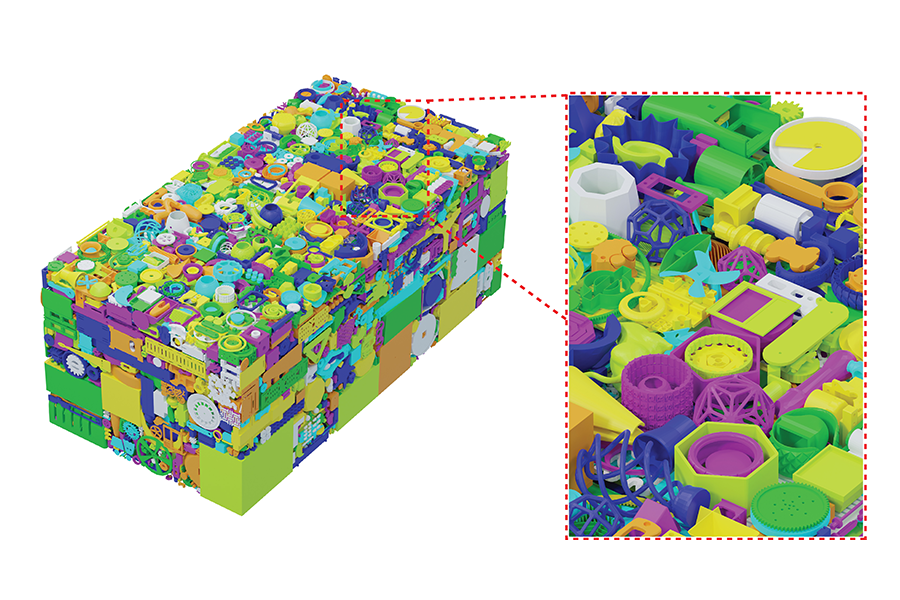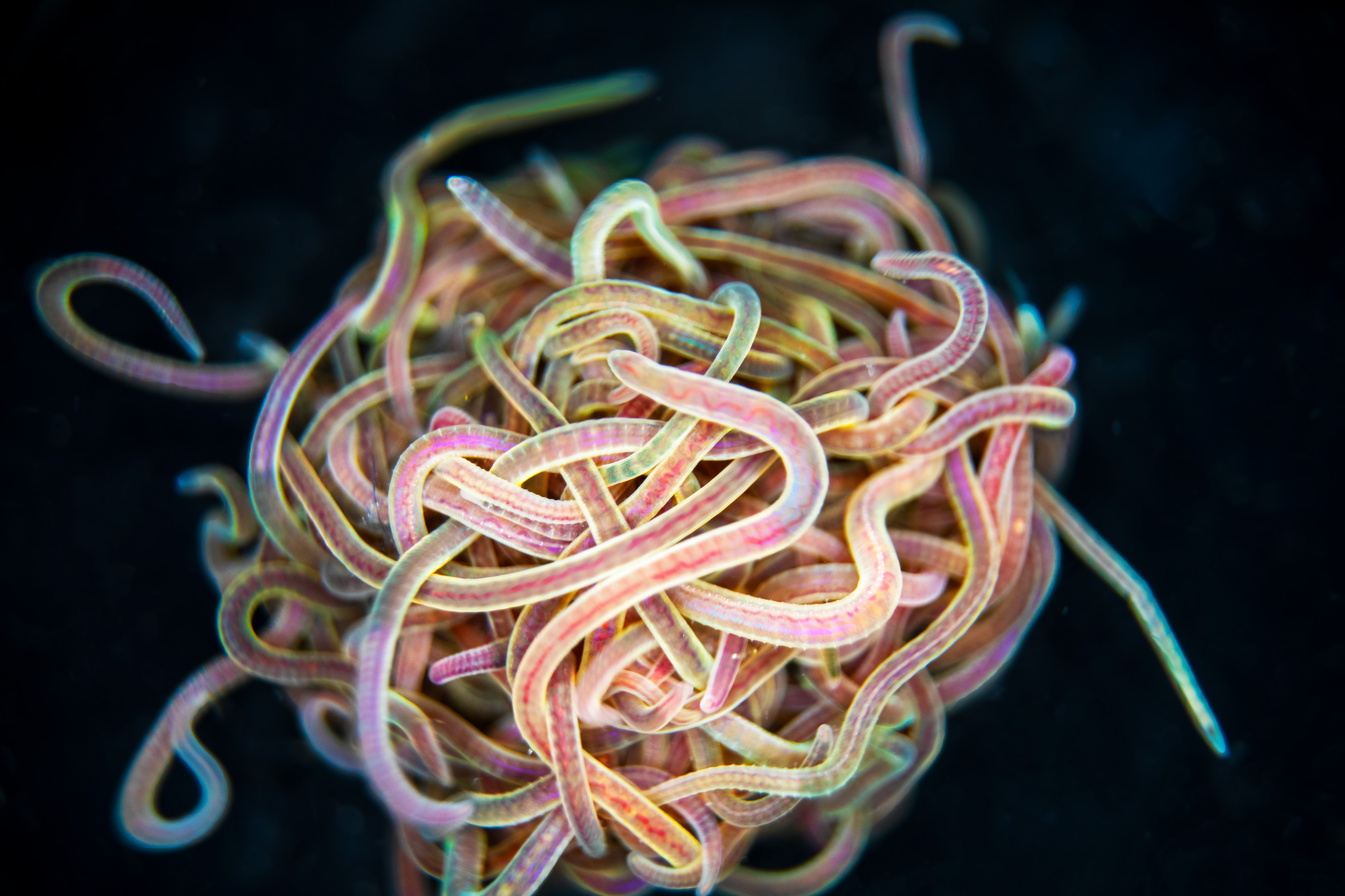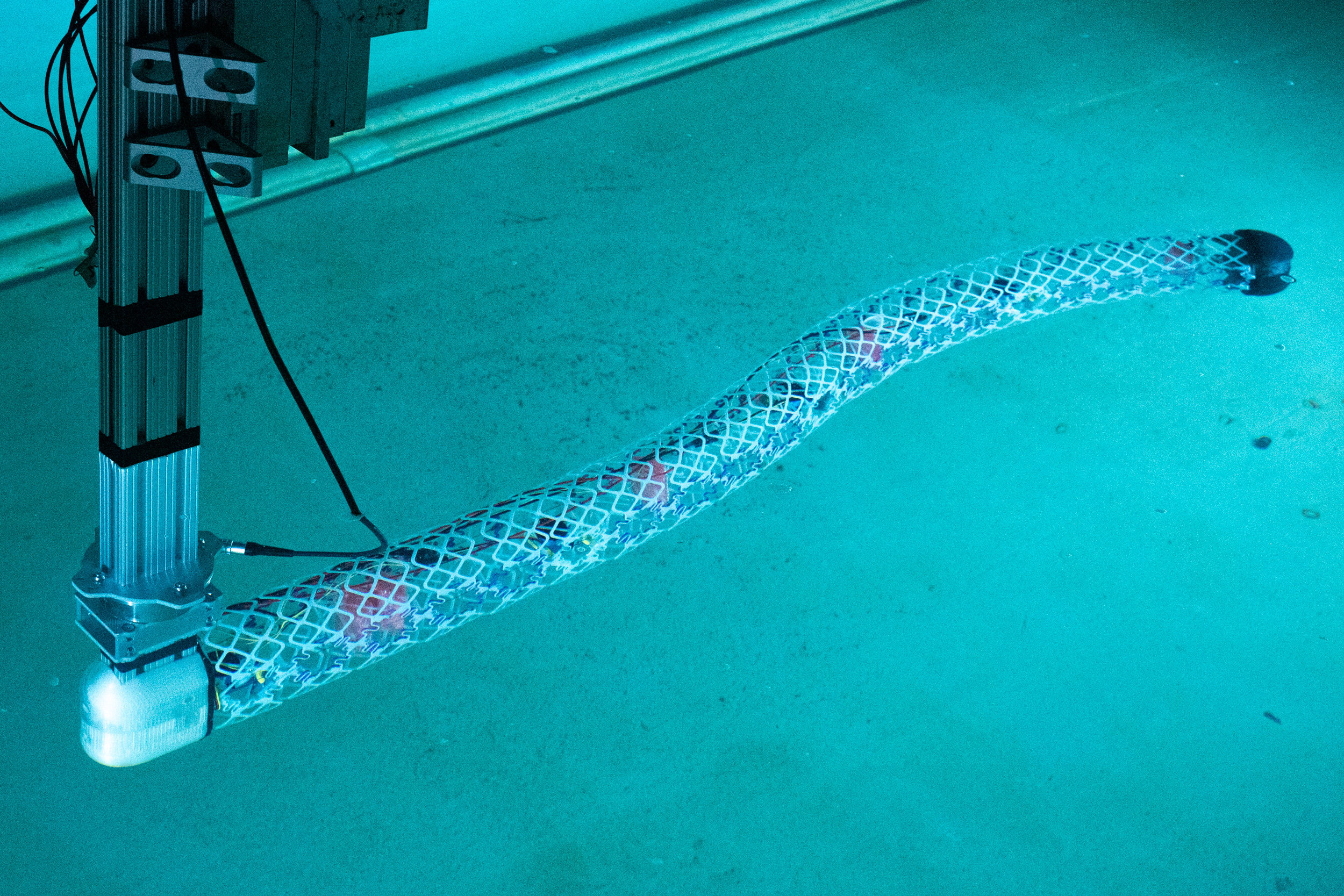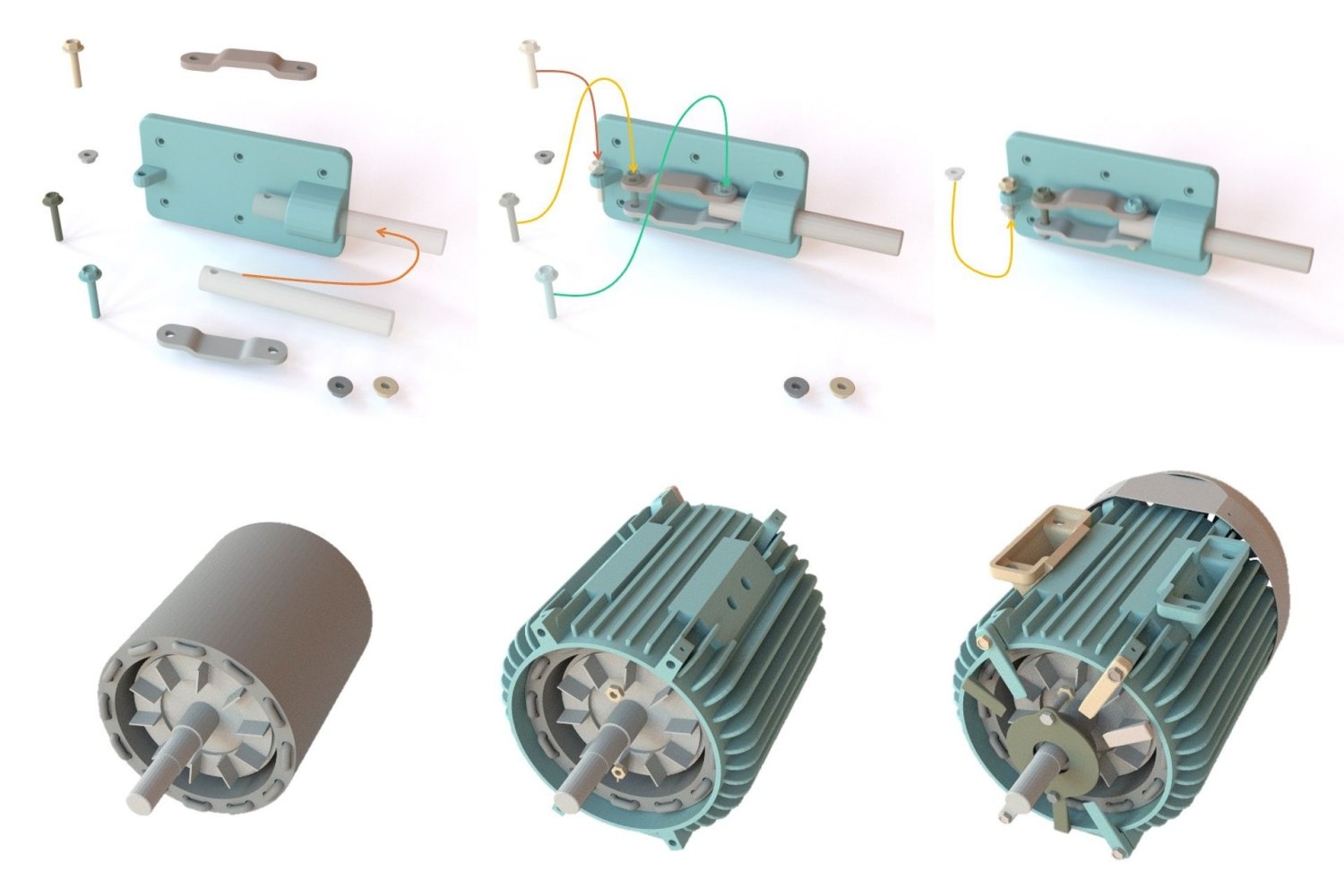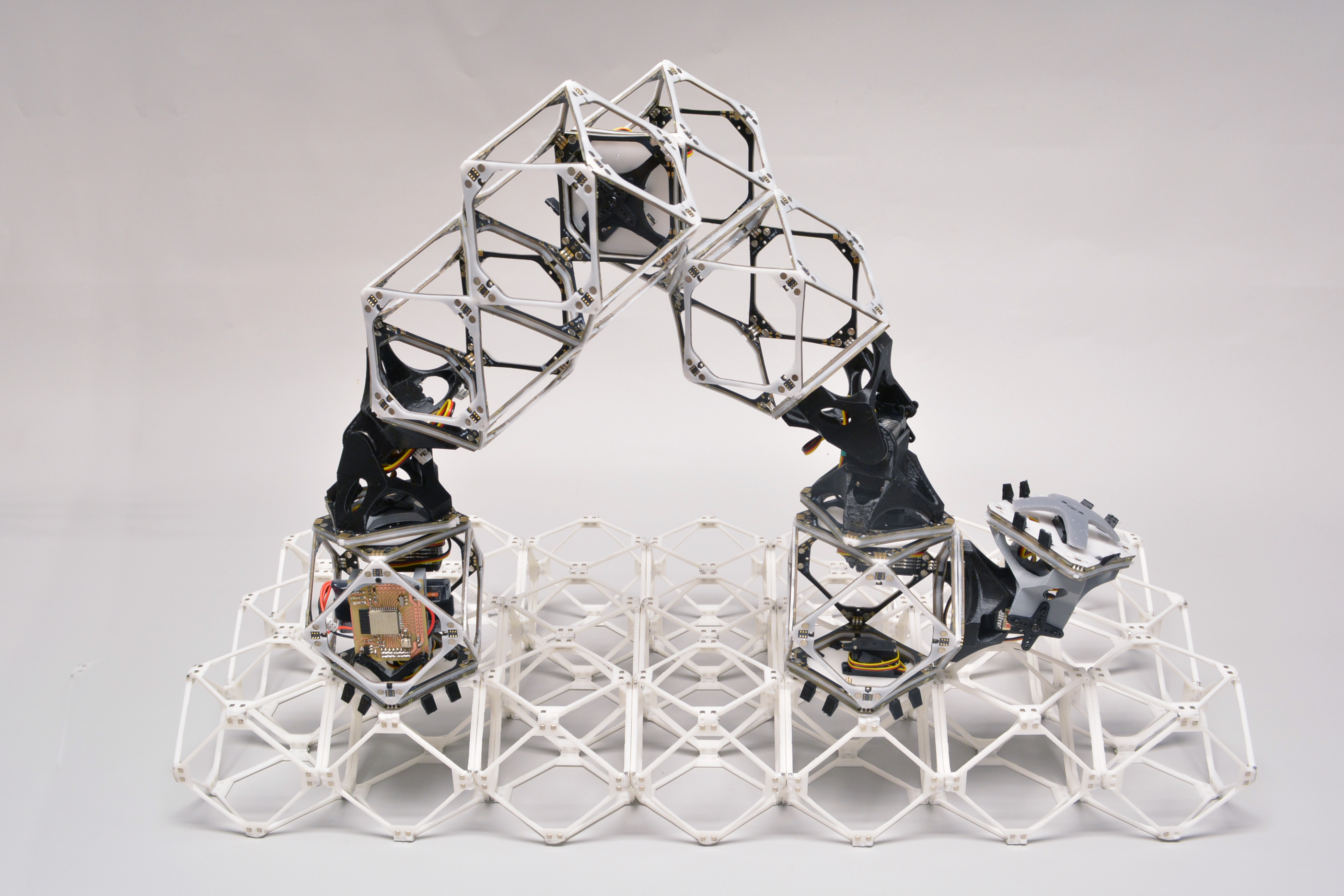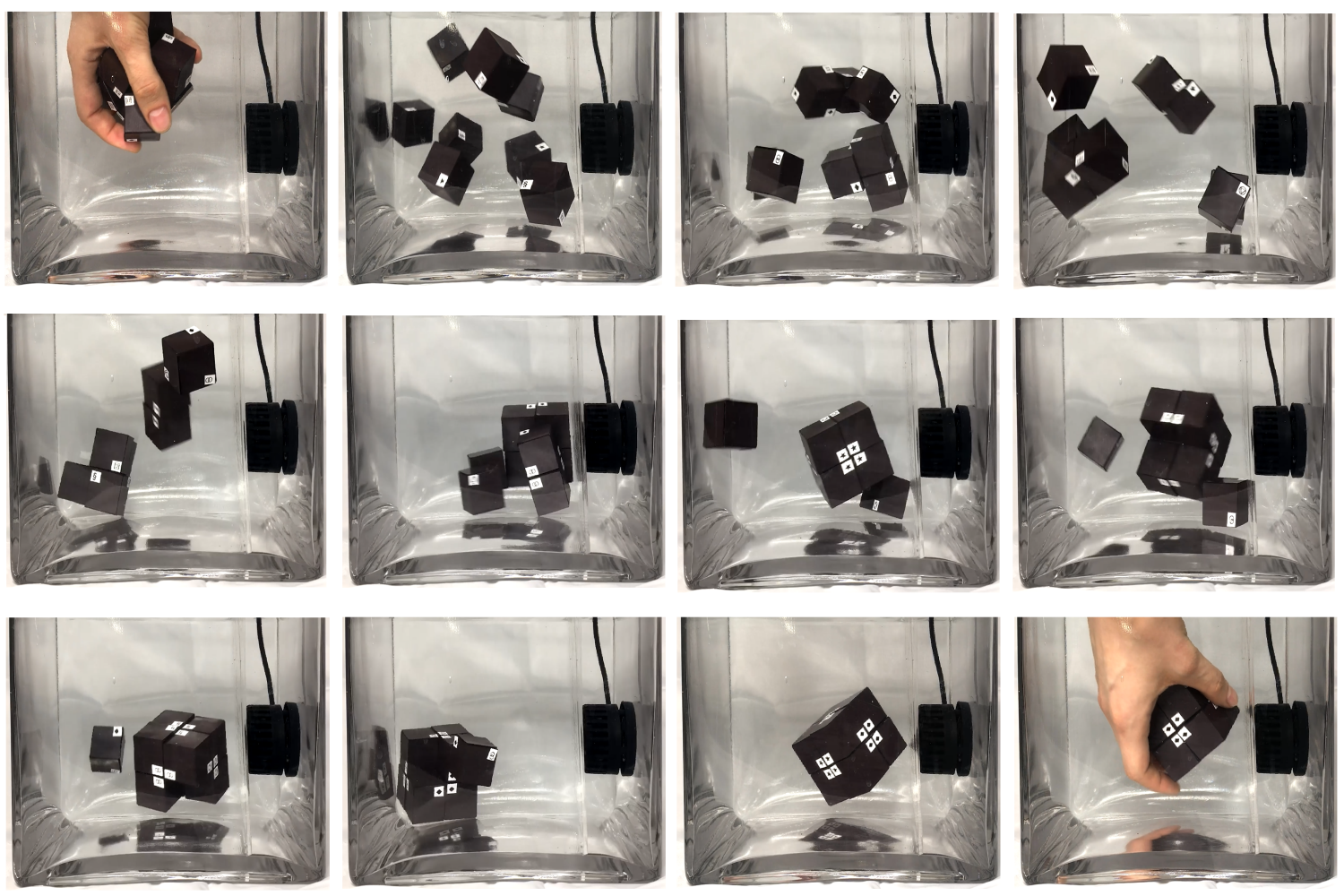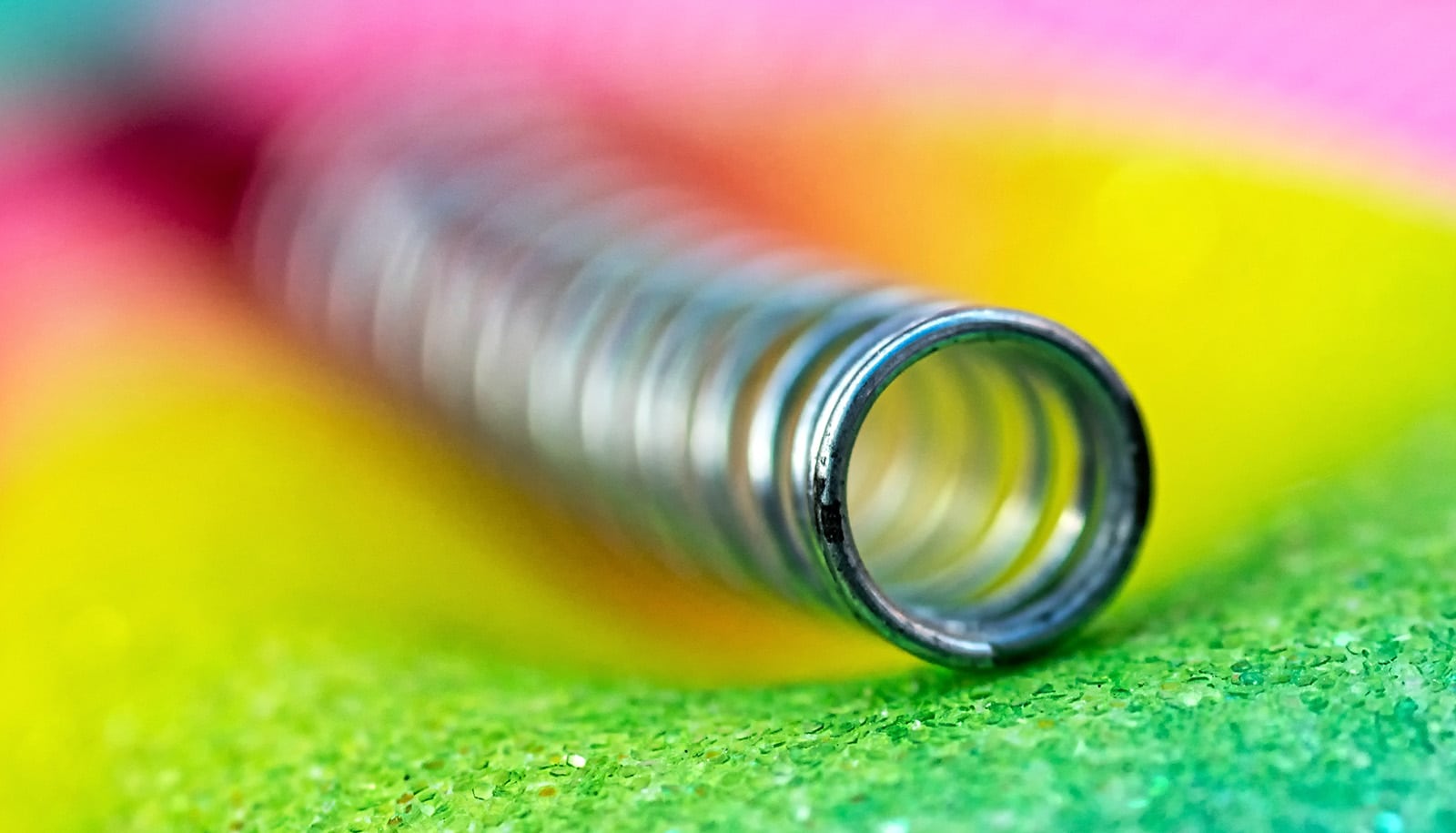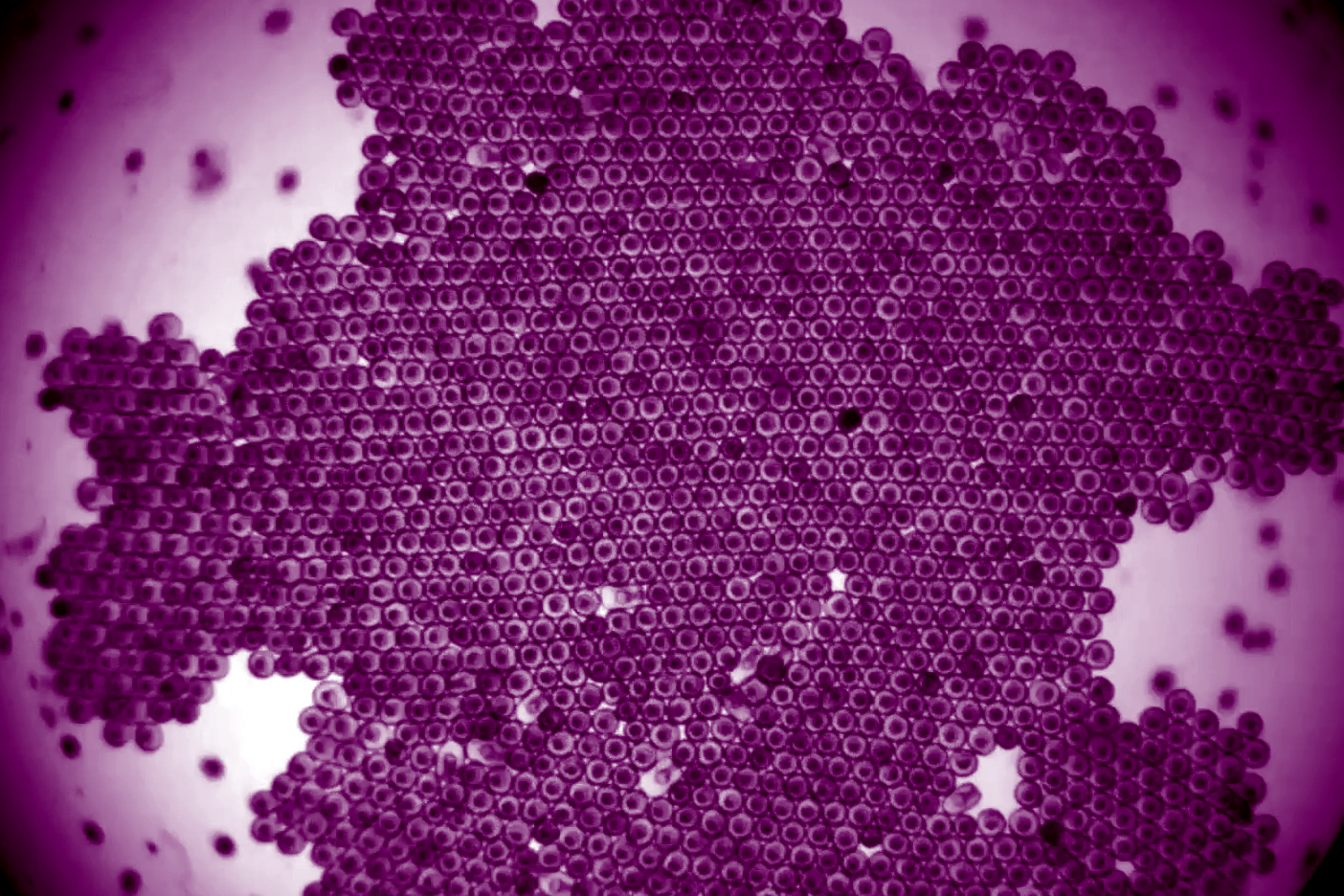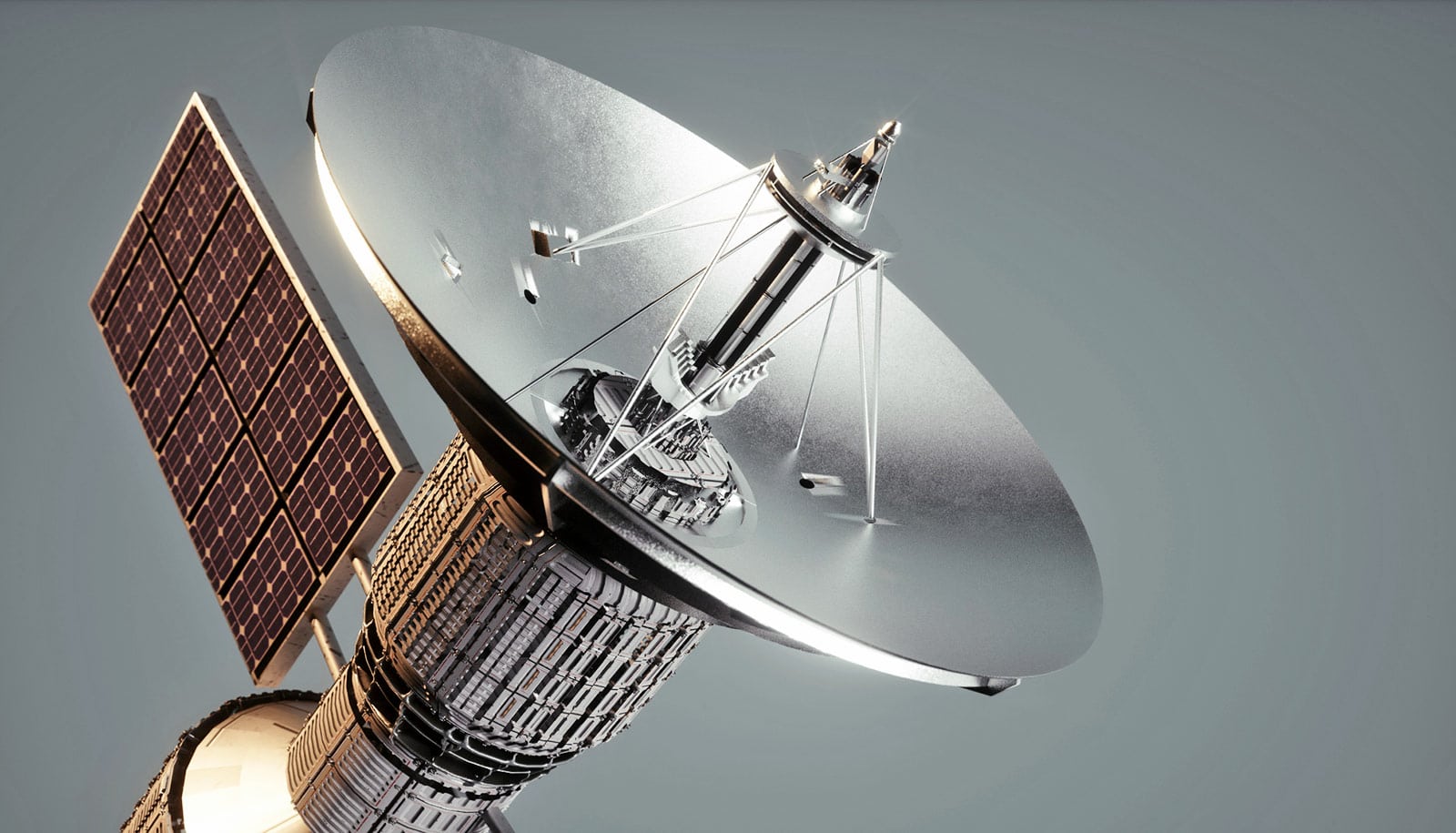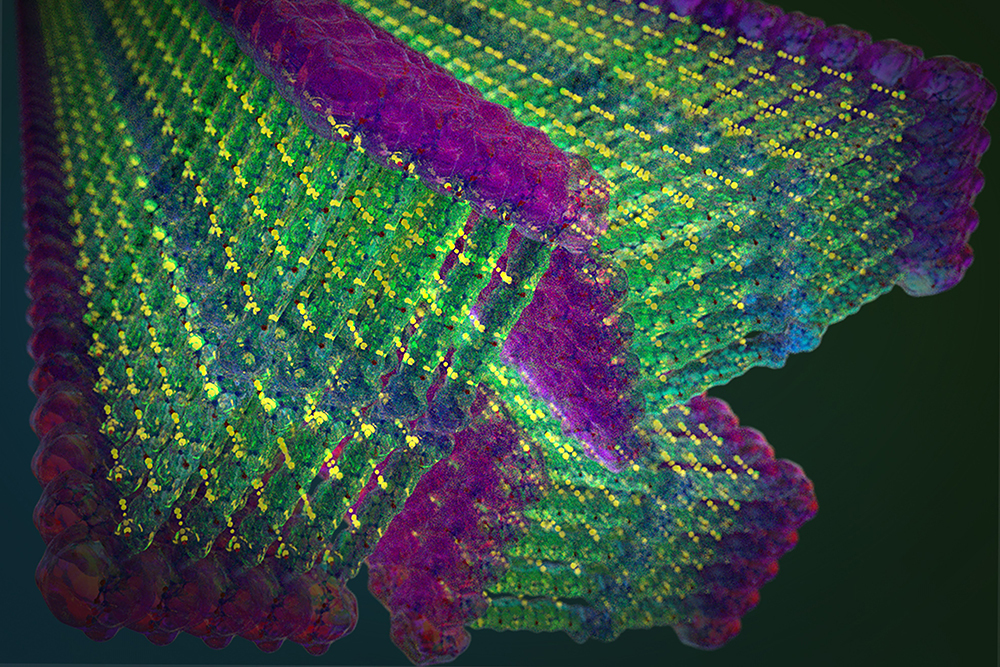Researchers construct molecular nanofibers that are stronger than steel
Self-assembly of Kevlar-inspired molecules leads to structures with robust properties, offering new materials for solid-state applications.
Steve Nadis | Department of Materials Science and Engineering •
mit
Jan. 25, 2021 • ~6 min
Jan. 25, 2021 • ~6 min
/
4

